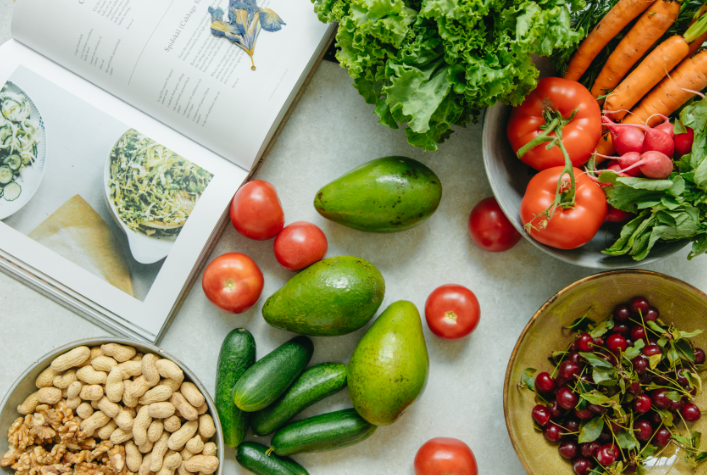
In recent years, the amount of adults on diets has been climbing. This increase comes with the rise in obesity which often leads to chronic ailments like heart disease and diabetes.
While diets can be an excellent way to prevent health problems caused by poor nutrition, following them consistently is easier said than done.
Creating a menu for your diet can motivate you to stick to it as much as possible by letting you plan healthier meals for days ahead — all you have to do is follow along. If you’re planning on starting your diet-friendly meal plan, here are a few tips to help:
Stick to your grocery list
Even with a thoroughly planned menu for your diet, avoiding temptation at the grocery store is much more difficult. At the end of your trip, you may even find that you’ve bought more food — often unhealthy — than necessary.
On the other hand, making a list can help you stave off the temptation to buy more than you need and help you remember all the ingredients you need for the healthy meals you plan.
Designate a day in the week for groceries and write a list on your phone or paper to keep it handy. Go to a grocery you’re familiar with, so you already know which aisles to avoid or frequent.
You can ensure that your kitchen is stocked correctly by making a grocery list and following it without any unnecessary junk food.
Consider calories and nutrients.
When starting a diet, most people think solely in terms of calories. But creating a diet-friendly eating plan goes beyond that. While calories will always matter for weight loss, nutrition data is equally valuable.
You could eat a cookie with the same calories as a grilled chicken, but their different nutrients (or lack thereof) will affect your body in vastly different ways.
Fortunately, packaged food will often have a nutritional value per serving. While reviewing these, look for the amount of sugar, sodium, protein, carbohydrates, and fat these foods may have.
If you aren’t sure of the exact nutritional value of something, it’s always best to go with an option that isn’t processed, sugary, or greasy so you can lessen your intake of these foods. The more nutritious your menu is, the more satisfied you’ll feel.
Be familiar with alternatives.
Occasionally, you may crave a particular food or snack, but you know it isn’t very nutritious. You could also feel hungry between meals and want to snack on something.
Instead of throwing your whole diet out the window, you can look for healthier alternatives. For instance, opt for a baked potato instead of fries or chips. Rather than reaching for a cookie or two, go for fruit instead.
This will give you the same sweet satisfaction minus the processed ingredients. Knowing what alternatives are available for your cravings, you can incorporate them into your meal plan to avoid binging and deprivation.
Fit it into your lifestyle
There’s no need to create drastically different habits for the sake of your diet. While these are helpful, going too extreme isn’t sustainable. Instead, learn to adjust your meal plan to fit your usual lifestyle and tastes.
If there are nights when you usually order in, a factor that into your plan. If you usually don’t have time to cook or prepare meals for work, take note of the healthiest food options for lunch in the area and incorporate that into your plan, too.
You can also make large servings at the start of the week that you can grab and go if you’re always on the run. Your meal plan should serve you, not the other way around.
It’s challenging to stick to a diet or food plan, but you must be patient with yourself and accept each day for what it is. You’ll see the benefits of maintaining a nutritious diet in your body.






















